Library
All resources
1841 – 1860 of 2421 results

Feasibility of cash transfer modalities in refugee settlements
Report
The main objective of this market assessment was to determine market functionality and the feasibility of cash transfer modality (and use of mobile money) among refugee settlements (Kyangwali, Kyaka II, Rwamwanja and Koboko) proposed for the cash transfer scale up in 2016. Survey households were randomly...
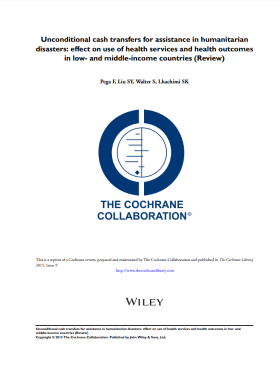
Unconditional Cash Transfers for Assistance in Humanitarian Disasters: Effect on use of health services and health outcomes in low- and middle-income countries
Report
Unconditional cash transfers (UCTs) for humanitarian assistance during disasters may improve health in low- and middle-income countries (LMICs) by giving recipients additional income. This study sought to assess the effect of UCTs on health services use, health outcomes, social determinants of health,...

Livelihoods Toolbox
Guidelines and Tools

Impacts of the Child Grant Programme (CGP) on the Local Economy in Zambia
Report
In this research brief, local economy-wide impact evaluation (LEWIE) simulation methods are used to assess the likely impacts of cash transfers on the local economy. When the Child Grant Programme (CGP) gives money to beneficiary households, they spend it to buy goods and services. As this cash circulates...
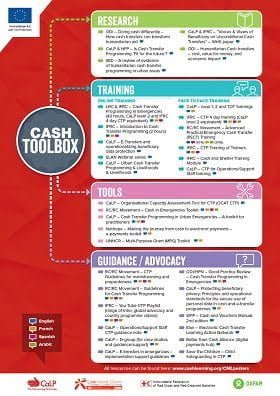
Cash Toolbox
Guidelines and Tools

Strengthening Markets in Crisis
Presentation
All around the world, people depend on markets for their lives and livelihoods. But what happens to these markets when an emergency occurs? This video explains the concept behind cash, voucher and market assistance, which is rapidly becoming a modality of choice for humanitarian programmes engaged in...

Exploring Food Assistance Programmes: Evidence for Lebanon
Report
The purpose of this study is to analyse how markets in Lebanon have responded to the increased demand from the Syrian refugees. More specifically, the study focuses on the micro-level impacts of market-based food assistance on the market supply chains and market performance. It explores the pros and cons...

Multiplier Effects in Humanitarian Markets
Presentation
Cash, voucher and market-based humanitarian assistance stimulates local economies affected by an emergency. This video explains how, when emergency cash transfers are injected into markets, multiplier effects can yield long-term development and enable crisis-affected communities to rebuild their...
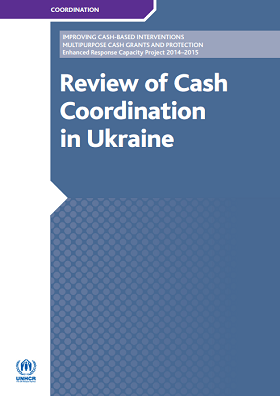
Review of Cash Coordination in Ukraine
Report
Ukraine is a lower middle-income country in Eastern Europe, with a strong soviet era legacy in the field of social protection. Since early 2014, Ukraine has been affected by conflict in its eastern part, which led to the internal displacement of more than 1.4 million people. At the time this paper was

Guidelines on Cash Transfers and Livelihoods – Latin America
Report
This document, like the learning workshop that took place in Guatemala City on 16th and 17th November 2015, focuses primarily on the context in Central America. Due to the profile of the participants and the complex problems of the region (the Dry Corridor, high exposure to hurricanes, high levels of...
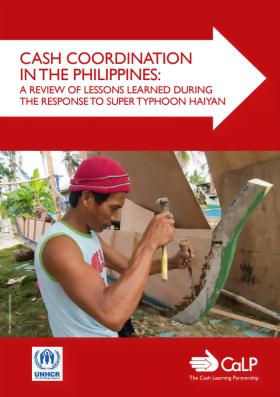
Cash Coordination in the Philippines: A review of lessons learned during the response to Super Typhoon Haiyan
Report
In the last five years there has been a growing trend towards the use of cash transfer programming (CTP) as a response modality in emergencies across the humanitarian sector. The fungibility of cash, when provided without restrictions, offers increased choice for affected populations to...
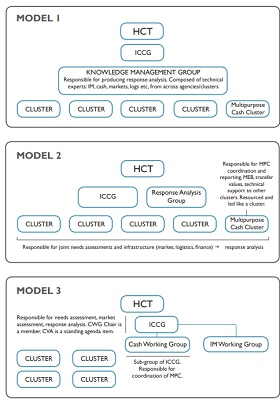
Coordination Diagrams
Guidelines and Tools
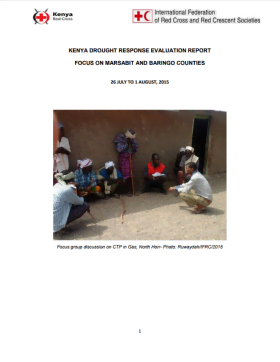
Kenya Drought Response Evaluation Report – Focus on Marsabit and Baringo Counties
Case Study
An evaluation of a drought response which involved school feeding, cash transfers and nutrition outreach activities.
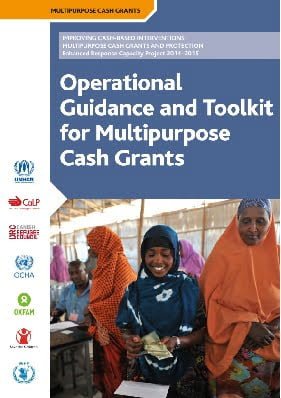
Operational Guidance and Toolkit for Multipurpose Cash Grants
Guidelines and Tools
This operational guidance and toolkit brings together worldwide expertise on cash-based interventions (CBIs). It provides comprehensive and practical guidance for humanitarian actors to assess the feasibility, conceptualise the design and structure the implementation of MPGs. The guidance focuses on...
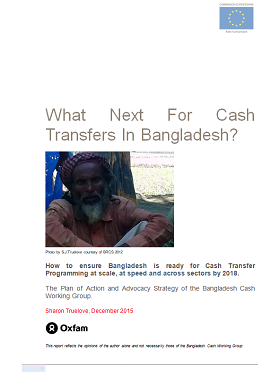
What Next For Cash Transfers In Bangladesh?
Report
This study was commissioned by the Cash Working Group (CWG) of Bangladesh and funded, through Oxfam by ECHO. The study was conducted through remote interviews and then further interviews and participatory workshops during ten days in Dhaka (November 2015). The scope of work was initially primarily focused...
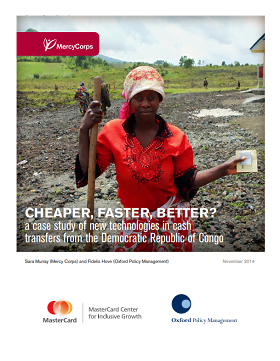
Cheaper, Faster, Better? A case study of new technologies in cash transfers from the Democratic Republic of Congo
Report
Over the past decade, there has been a growing consensus in the humanitarian community that cash, as compared to in-kind aid, is the best form of assistance to provide during an emergency. For families that have been displaced by a crisis or natural disaster, cash offers aid recipients more flexibility...

National Disaster Risk Reduction And Management Council
Report

Cash Transfer and Community Resilience Programming in South Central Somalia
Blog Post
The Building Resilience in Central Somalia (BRCiS) attempts to provide immediate humanitarian assistance as well as developing longer term local capacity through a combination of locally adapted cash-for-work and unconditional cash transfers.
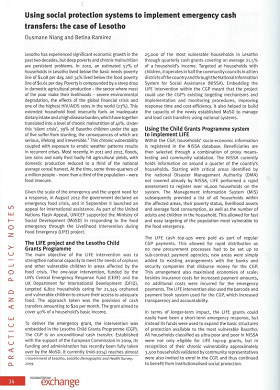
Using Social Protection Systems to Implement Emergency Cash Transfers: The case of Lesotho
Case Study
Lesotho has experienced significant economic growth in the past two decades, but deep poverty and chronic malnutrition are persistent problems. Given the scale of the emergency and the urgent need for a response, in August 2012 the government declared an emergency food crisis, and in September it...
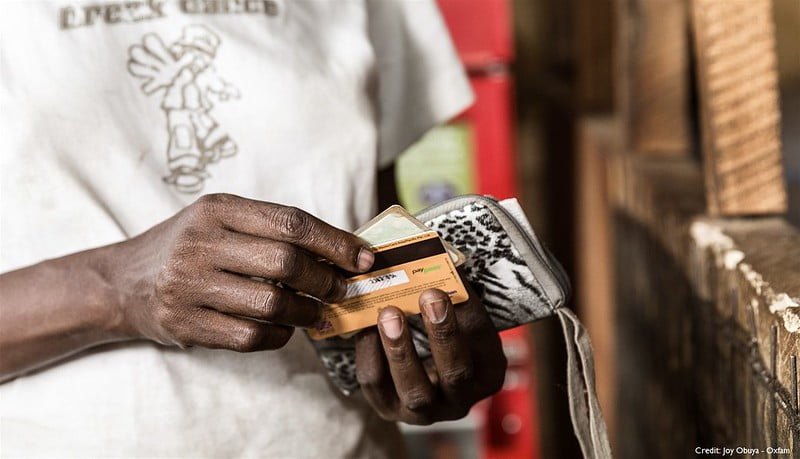
Cash Transfers: Progress made but challenges remain
Blog Post
In five years cash programming has come from almost nowhere to being – for some donors at least – the preferred option, especially in the field of food and nutrition. “We no long measure food aid contributions in wheat/tons equivalent,” says Julia Stewart-David of the EU aid body, ECHO. “That...